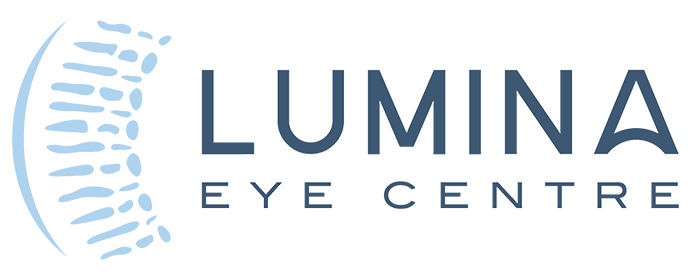LASER is an acronym: it stands for Light Amplification by the Stimulated Emission of Radiation. Visible light is a form of radiation, and the concept of laser was first described by Albert Einstein over 100 years ago.
Lasers became available for use in ophthalmology in the 1970s, but they really took off in the 1980s and 90s. The first eye lasers took up entire rooms, and often had water pouring over the outside or used radiators (like a car!) to keep them cool because they produced enormous amounts of heat.
Today, laser consoles are usually very small (the size of a Besser block) and portable. They have revolutionised eye treatments and provided hope to people with blinding eye disease where none existed before (e.g. diabetes).
At Lumina Eye Centre, Dr Reddie has invested heavily in this important technology. He is very experienced in the safe and effective use of the different forms of laser treatments.
Here are some examples of our laser capability:
Nd:YAG laser
This laser is used to polish a lens implant after cataract surgery, and to make a small hole in the iris to prevent or treat some types of glaucoma.
Diode laser
This laser has a diverse role in ophthalmology, and produces a very bright light of purest apple-green colour. The diode laser is especially useful for patients with a torn retina (as part of ageing), and for diabetes.
Sometimes we use a cryotherapy (freezing) probe to treat retinal detachment in our office, rather than in the operating theatre. This helps to minimise cost to patients, especially for those without private health insurance.
PDT laser
Dr Reddie also has a PDT laser to complement the services he can offer.
PDT (Photodynamic Therapy) has an established role in some types of retinal disease, and is particularly useful for patients with chronic Central Serous Chorioretinopathy (CSR/CSCR).
These lasers are increasingly difficult to find, but we have one in our practice here in Townsville to help our patients and the community.
